SMSM — Missionary Sisters of the Society of Mary
Collaborators in Continuing the Mission of Mary in the Church (2)
If SMSM became an official branch of the Marist family in the Church and able to continue the work of Mary as women who are missionaries, Marists and religious, it was due to the active role of the Society of Mary.
The Society of Mary
-- the Priests and Brothers
During the early years of the Third Order of Mary in the Missions of Oceania, the sisters experienced many forms of poverty in their lives. They struggled in particular with two realities. First, they lacked formation for the missionary community life they were living, and secondly there was no security for their own future and the future of their work because they were not organised as a religious congregation.
The Church, however, in the persons of the Vicars Apostolic (bishops), who were themselves Marists, recognised the value of the sisters’ lives and service, as did the Society of Mary.
Organisation
There were several attempts to establish the sisters on a right footing canonically. These included:
1. the plan to incorporate them into the Marist Sisters (Father Colin was against this);
2. having the sisters join the Religious of Our Lady of the Missions (a plan that worked temporarily for some of the pioneer sisters);
3. the foundation of the Sisters of Our Lady of Oceania by Bishop Louis Elloy for his Vicariate of Navigators / Samoa in which only one pioneer persevered, the co-foundress.
So, none of these efforts provided a long-term solution.
When Bishop Armand Lamaze was Vicar Apostolic for Central Oceania, which was made up of Tonga, Wallis and Futuna, he erected the Third Order Regular of Mary (TORM) canonically as a diocesan religious congregation for his Vicariate. 1
Later, Father Jean-Claude Raffin, assistant-general to Father Antoine Martin and director of the TORM novitiate of Sainte-Foy, prepared the draft of a rule for the sisters in the missions and sent it to the Vicars Apostolic for their comments.
An inspirational commentary on the final approved rule was written by our Mother Mary Denyse in 1902. This Rule and Directory was used by TORM throughout the congregation for almost thirty years.
During the fifty years as TORM, we had an organisation that was not officially ‘canonical’. Sisters vowed obedience to the Vicars Apostolic who were their superiors; they called sisters to vows, made appointments and gave permissions; in the stations the priest was both superior and confessor. The sister ‘superior’ in the vicariate had a ‘maternal’ authority over the sisters.
When Father Ernest Rieu became Superior General of the Society of Mary in 1923, he and one of his assistants, Father Jules Grimal, determined to work for a solution to the TORM situation. Again, a proposal was made to unite the TORM with the Marist Sisters, but this was decided against.
When the case was first presented to the Sacred Congregation for Religious, its Secretary told Father Louis Copéré, the Marist procurator to the Holy See, that: ‘the organisation of this Institute is original, even unusual, but seeing that it is required by the circumstances and that it functions satisfactorily and procures the good of the missions, the Holy See cannot but approve it, even at the price of departing from canon law. To do otherwise would be to hinder the work of the missions in the Antipodes’. 2
At the time this was written there were more than 200 sisters and 40 novices. 3
Eventually the process of canonical approbation took eight years, and when it was granted to the Missionary Sisters of the Society of Mary in 1931, Fr Grimal worked with the newly appointed Superior General, Mother Mary Rose of Lima and her council, for the implementation of the constitutions.
It cannot be stressed too strongly that it was thanks to the collaboration of the Society of Mary that SMSM were able to continue to work in the mission of Mary for the Church.
Formation
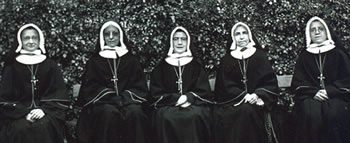
SMSM General Council, 1931
Sr M Yvonne, Sr M Pia, Mother Marie Rose, Sr Marie de la Merci, Sr Marie Gonzague
The sisters’ second form of poverty was their lack of preparation for religious life. Priests of the Society of Mary had a large share in forming the sisters as Marists in the early days. At the first house of formation in France, Father Claude Méchin worked with Madame des Groues in the 1880s – the first SMSM ‘formation team’.
Over the years Marist Fathers both in the Pacific missions and in countries such as New Zealand, Australia, USA, France and Italy have continued to give Marist formation through conferences, direction, and retreats, and also through the many publications and studies made available.
Examples of collaboration in recent years
In 1992 the Society of Mary opened a community for mission in the former German Democratic Republic. SMSM joined them in Dessau, working in collaboration there for fifteen years; and in 2000, SMSM joined the Marist priests and seminarian in pastoral ministry in Alfonsine, Faenza, Italy.
/ezcol_1half_end]
The 2009 General Chapter of the Society of Mary took the decision 4 ‘to develop a city-centre network to address the needs of an increasingly secular world’. Father Hannan and his council invited SMSM to join them in the apostolate at the church of Notre Dame de France in London. Since 2012 two sisters have collaborated in this mission with the Society of Mary. In 2017, Sister Catherine Jones joined this London community. 5
In other countries, too, there have been numerous examples of collaboration in both parish apostolates and also in spiritual projects or works. 6
Whether in a small island or on a great continent, the blessings that come from collaborating are manifold.
1 OPS Vol. V, Doc. 10, Historical Background, p. 45.
2 OPS Vol. V, Doc. 94, Letter from the Procurator to the Holy See, Father Louis Copéré SM, to Father Joseph Bonnefoux SM (Provincial of Lyon and superior of the novitiate after the General Council of the Society of Mary moved to Italy), 3 March 1923 [4].
3 OPS Vol. V, Doc 97, II 3. a)
4 John Hannan SM, Time to look outward, No. 183 – XIII, 8, 27 March 2016, p. 4, quoting Statements and Decisions of the General Chapter 2009 (SD), no 19-22.
5 See the article on pp 47 ff of this issue.
6 Star of the Sea parish, Honolulu (4 years, 1953-57); All Hallows Mission Centre in San Francisco (1955-1971); with Haitian and Hispanic immigrants in Sts Frances and Blaise Parish, Brooklyn NY (1986-94) (3 SM, 3 SMSM, 1 FMS in the beginning).
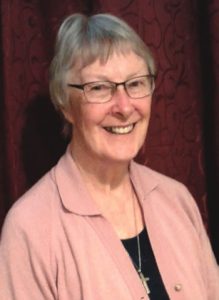
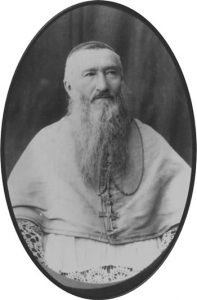
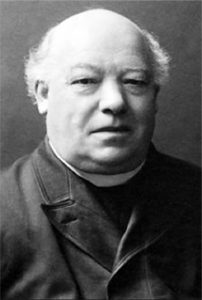
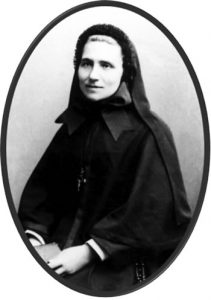
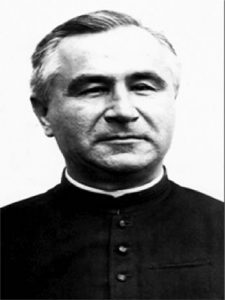
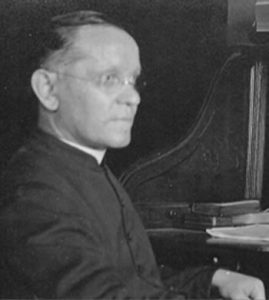


 Entries(RSS)
Entries(RSS)